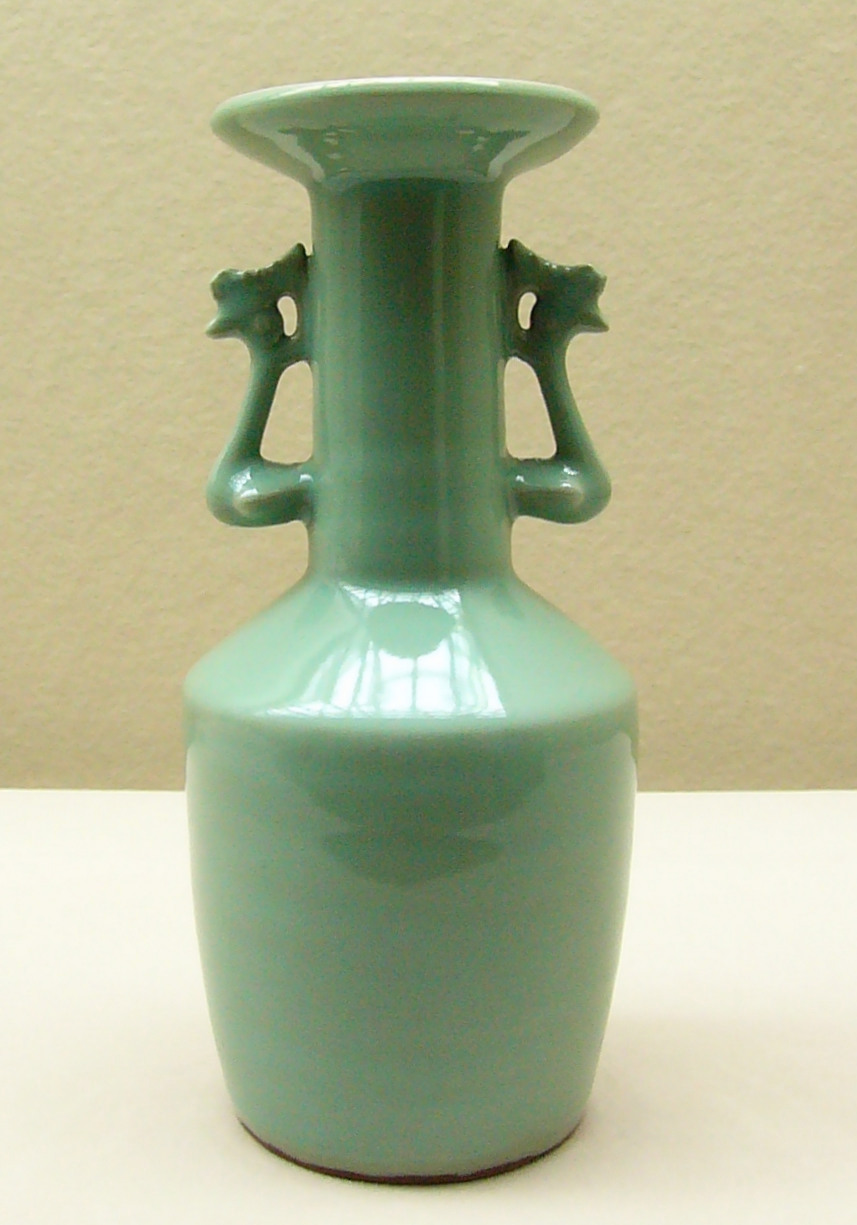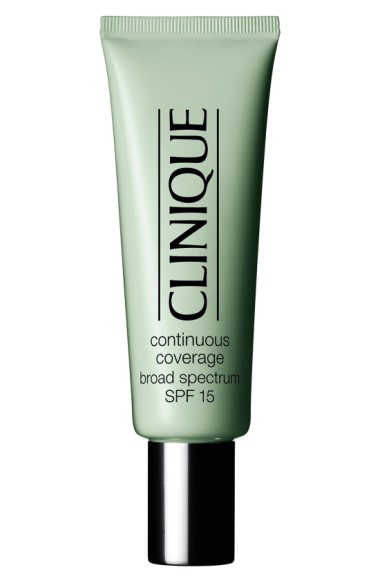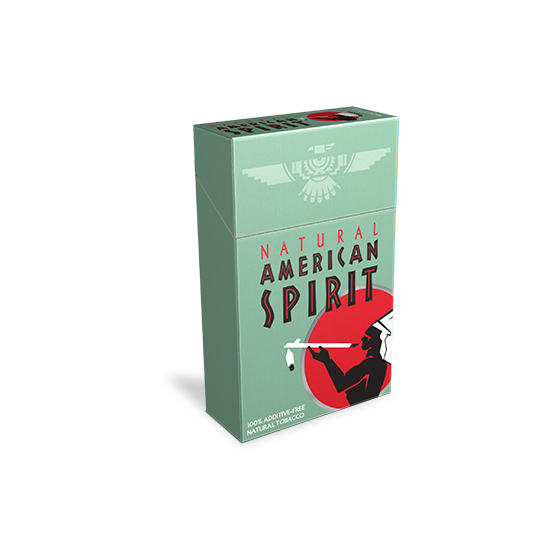Celadon, The Unseen Green
Cultural histories of unusual hues.
.
.
.
.
.
.
.
.
.
There was once a color so beautiful that only royalty were allowed to see it. The common folk didn’t know it, but this green was (rather fittingly) one of those “ish” colors with no clear descriptive word. It was an imprecise color, a murky color, found only on special ceramics and created by a thinly applied glaze that transformed iron oxide from ferric to ferrous iron as it fired in the kiln. The green-ish, gray-ish pottery emerged from the fire with a hint of brown and a fine crackle that supposedly reminded those early worshipers of imprecise beauty of jade. Later, this green would go by the name “celadon” (named, supposedly, for a fictional French lothario who wore pale green ribbons) but for centuries in China it was known only as mi se meaning “mysterious color.”
From the ninth century to the late twentieth century, people could only speculate about the true hue of mi se porcelain. They knew it was green, but whether it was an emerald or a sage, they had no idea. Then, in 1987, archeologists discovered a secret chamber of treasures in the ruins of a collapsed temple outside Xi’an. Inside, they found true mi se ceramics. (A brief but important distinction: The word “celadon” is used to describe both the ceramics, which vary in tone, ranging from yellow greens to more gray-greens, and celadon the color, which, thanks to web designers and their exacting taxonomy of colors, is precise, defined, and does not vary. In digital design, it has the hex code #ace1af and is composed of 67.5% red, 88.2% green, and 68.6% blue—or in the CMYK color space, it uses 23.6% cyan, 0% magenta, 22.2% yellow, and 11.8% black. According to the Pantone naming convention, celadon is filed under 13-6108 TPX.)

Image: Wikimedia Commons
So, mi se had been unveiled and a myth had been pinned down. It’s hard not to imagine that in that process, something was lost. (Few could argue that #ACE1AF is as a beguiling a hue as the “mysterious color,” even though they are the same damn thing.) In her book Color: A Natural History of the Palate, journalist Victoria Finlay records a profound disappointment upon seeing the color. “It looked dirty, olive brown, nothing special at all,” she wrote. Later, after visiting the birthplace of the color, she adds, “What did I know about celadon? I knew when I first arrived in Hong Kong and seen it—in museums and antiques shops and people’s homes—I hadn’t really understood it at all. It had seemed to be about the colors I hadn’t been attracted to: the non-colors, which can best be described conceptually or meteorically, with words like misty, dreamy, ghostly, pale, foggy.” She claims she comes to love mi se and celadon both—she comes to see how delicate and rarified it is, how poetic, representing “a state of exquisite elemental tension”—but I don’t quite believe her. I think her first response was the truest: nothing special at all.

Or maybe I’m projecting, because I don’t know whether or not I find celadon all that appealing myself, though I, like Finlay, am predictably seduced by the mysticism and secrecy of this unseen green. I want to like it, but I wouldn’t wear it, nor would I paint my bedroom with that turbid Clinique green. Sometimes, when I try to describe celadon, I compare it to the silvery gray underside of spring maple leaves, turned belly-up before a storm. Then, it is beautiful. But sometimes I recognize it as the color of a sinus infection—not so pretty now.
That’s the thing about greens. They’re polarizing, like yellows (the least popular favorite color of all). This is particularly true in Western culture. Over the centuries, we’ve associated green with ill health, good health, demons, God, nature, envy, and luck. In his book Green: the History of a Color, Michel Pastoureau charts how green went from being unnamable and thus supposedly invisible for the Greeks (an idea espoused by first Nietzsche and later the Nazis) to becoming one of the most popular hues of the 20th century. In between, Europeans viewed green as a rather tricky color. In Christianity, there was a common distinction between honest and “dishonest” colors, with green nearly always been ranked with the negative colors, the “false, unstable group unworthy of good citizens.” In the middle ages, green was believed to be the color of ghosts and devils, dragons and other monsters. Witches had green eyes and green teeth, got decked out in green dresses, and spent their time mixing green poisons. Later, Shakespeare would describe envy as “the green sickness” in Anthony and Cleopatra, further cementing the connection between green and covetousness, green and greed. Off-greens were even more dangerous than true greens; these green-ish colors were associated closely with illness and decay. For much of history, “ish” colors were considered undesirable, since it was generally more costly and difficult to produce true jewel tones or highly saturated hues.

Not so today. Like hand-carved rustic furniture or Maine-caught crustaceans, “ish” colors have gone from being a symbol of poverty to one of wealth. In a New Yorker profile of color consultant Leslie Harrington (who has worked with companies like Crayola, Pottery Barn, and Avon to guide their color choices), Harrington tells writer Eric Konigsberg over lunch that house paints that are difficult to describe tend to be more pricey (or as she puts it, “upscale” or “sophisticated”). “The more high-end the color, the more colors have gone into it and the more words you use to describe it,” she said. As an example, if you hear “it’s kind of a taupey beige with a bit of green in it,” that color probably costs a pretty penny. But “when it’s a lower-end neutral, people just say ‘tan’.”
So the next time you see a pack of American Spirits (“Balanced”) or a Clinique bottle (founder Carol Phillips reportedly chose that color for its “soothing appeal”) you can now proudly point to it and tell your friends, “That is celadon!” And not only will everyone know that you’re a high-end individual, they’ll also know whom to avoid at the cheese table.
Katy Kelleher is a writer who lives in Maine with her two dogs and one husband.
